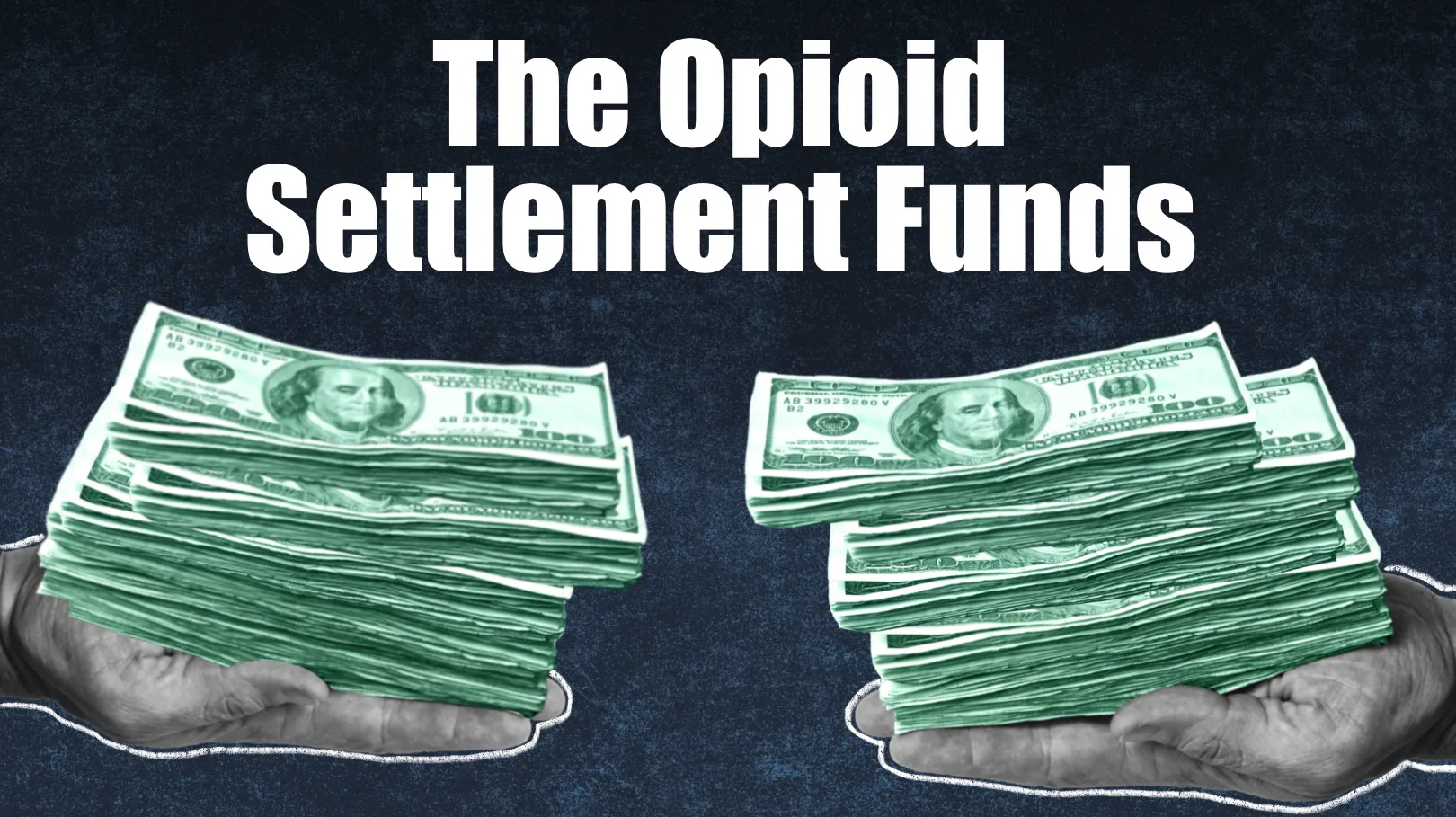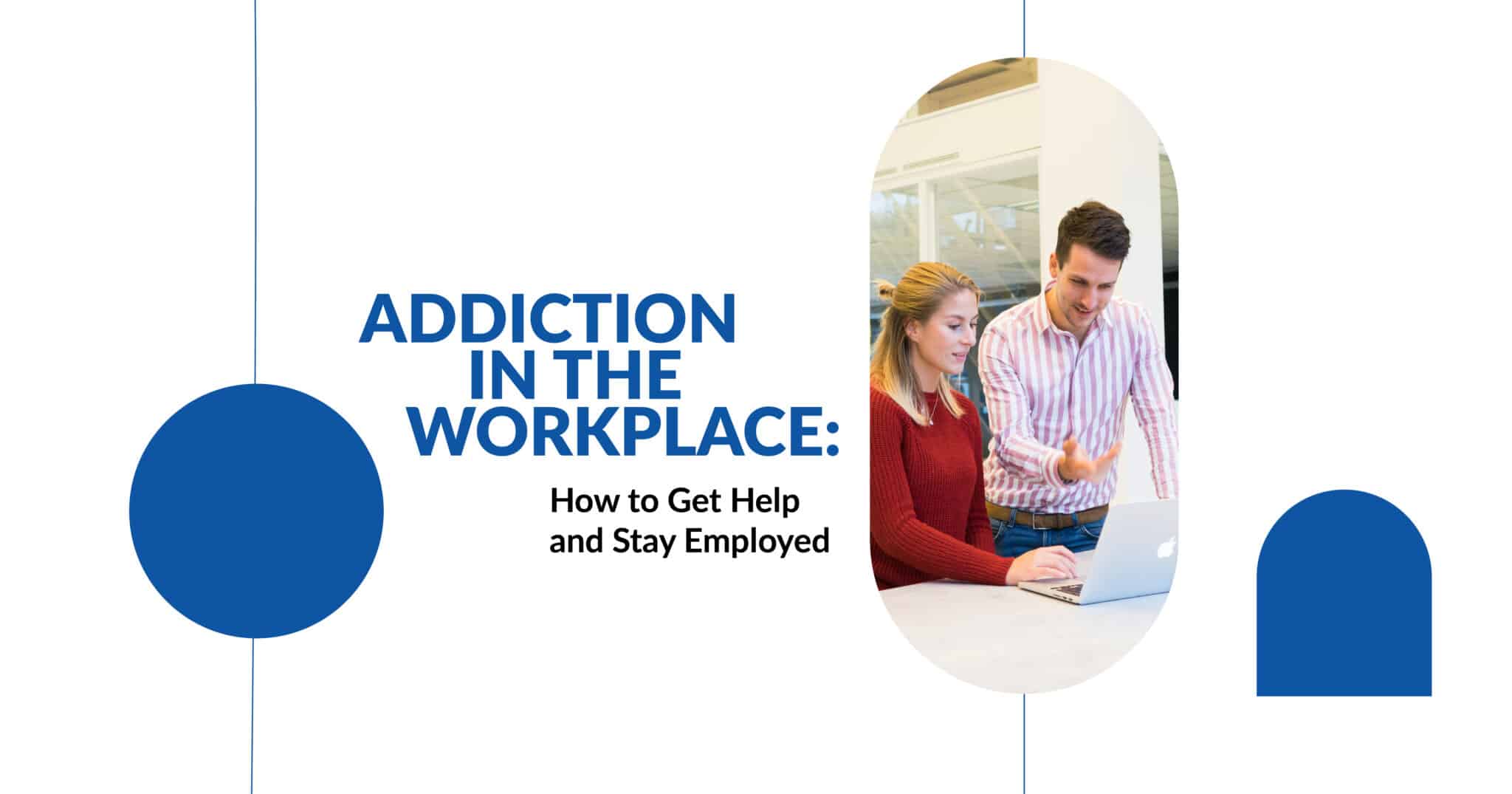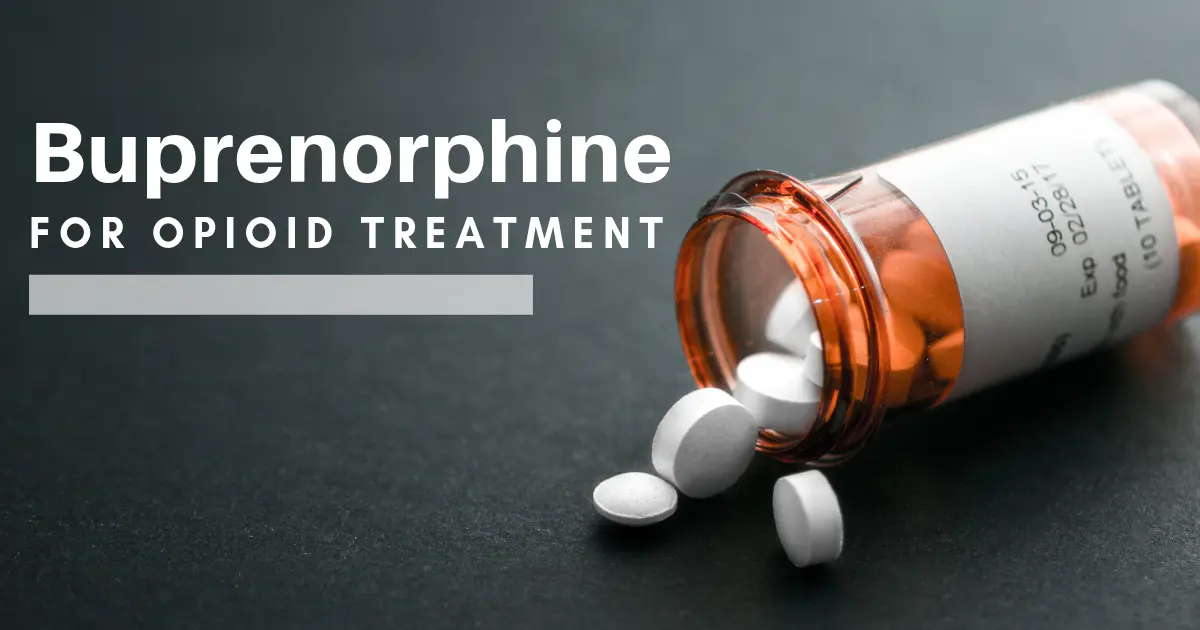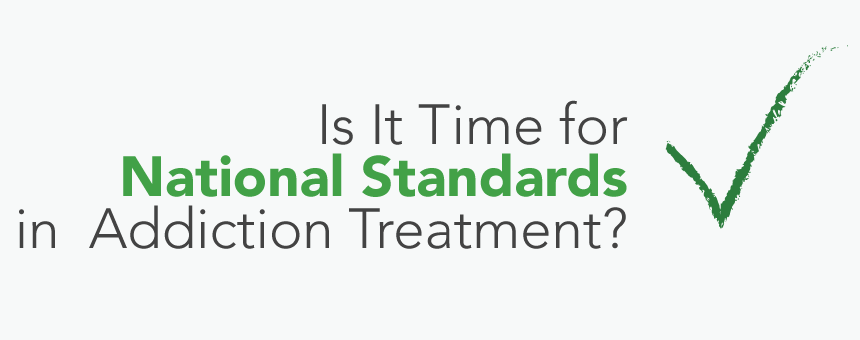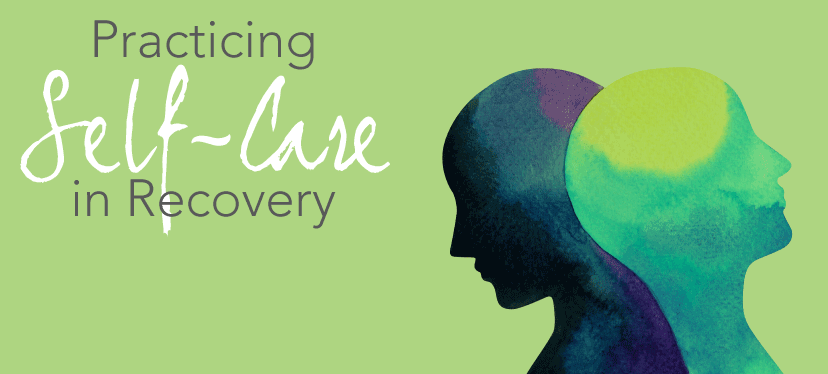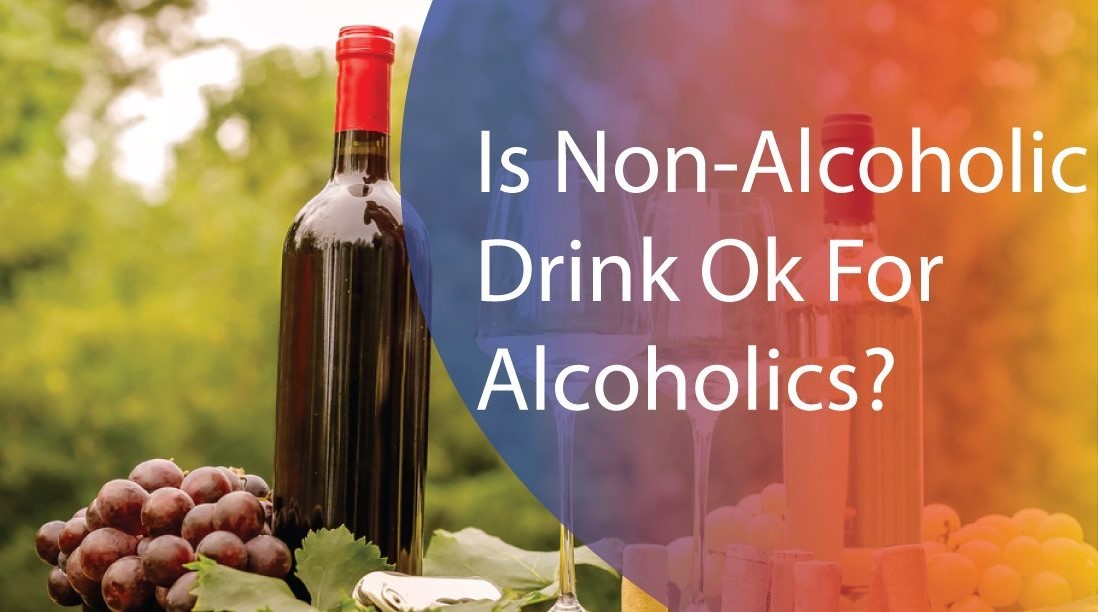Self-Efficacy and Social Support
Self-efficacy—the belief in one’s ability to handle challenges—is crucial in addiction recovery, boosting confidence to resist cravings, improving self-esteem, and reducing loneliness by fostering social connections. When integrated into treatment through goal-setting, cognitive-behavioral techniques, and peer support, it enhances motivation and outcomes. However, overconfidence can lead to relapse risk, self-blame, and resistance to help, and … Read more

